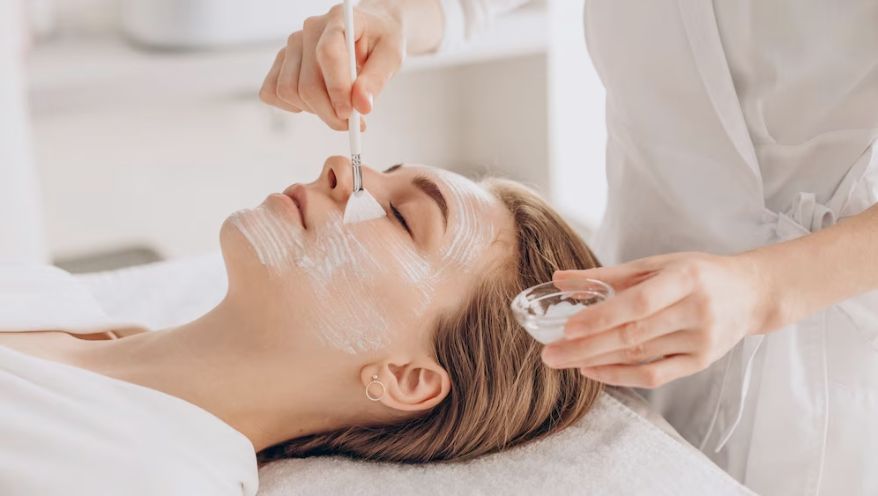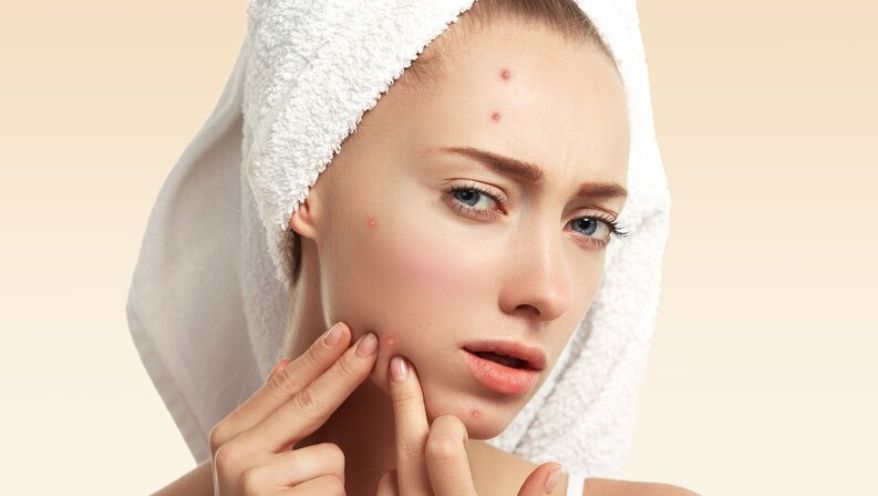Chemical Peels

Skin is a remarkable organ, constantly renewing and regenerating itself. However, factors like sun exposure, age, and lifestyle choices can leave our skin looking tired, dull, or marred by imperfections. That’s where chemical peels come in.
A chemical peel is a cosmetic procedure designed to improve the appearance and texture of the skin by removing its outermost layers. It’s like hitting the reset button for your skin, revealing a fresh, youthful complexion underneath. They are beneficial for a variety of skin types and conditions such as sun-damaged skin, aging skin, as well as oily and acne-prone skin.
They are also safe and well known to target and treat hyperpigmentation due to melasma, and can help safely lighten the skin for most forms of hyperpigmentation amongst darker skin Fitzpatrick’s. Chemical peels use various chemical solutions to exfoliate and peel away damaged skin cells, promoting the growth of smoother, healthier skin.
Types of Chemical Peels
Chemical peels come in different types and depths, allowing them to address a variety of skin concerns:
- Superficial Peels: These peels use mild acids, such as alpha hydroxy acids (AHAs), to exfoliate the top layer of the skin. They are ideal for mild skin issues and have minimal downtime.
- Medium Peels: Medium-depth peels use stronger acids, like trichloroacetic acid (TCA). They penetrate deeper into the skin and are suitable for more moderate skin concerns.
- Deep Peels: Deep peels, often using phenol or high-concentration TCA, penetrate into the deeper layers of the skin. They are used for more severe skin issues but require a more extended recovery period and are typically performed by a dermatologist or plastic surgeon.
Benefits of Chemical Peels
Chemical peels offer a range of benefits that can enhance your skin’s appearance and texture:
- Improved Skin Tone: Peels can even out skin tone and reduce the appearance of pigmentation issues like sunspots, age spots, and melasma.
- Reduction in Fine Lines and Wrinkles: They can reduce the appearance of fine lines and wrinkles, particularly those caused by sun damage and aging.
- Treatment of Acne and Acne Scarring: Chemical peels can help improve the condition of acne-prone skin and reduce the appearance of acne scars.
- Smooth Texture: They can refine skin texture, making it appear more radiant and youthful.
- Rejuvenation: Chemical peels stimulate collagen production, which can enhance overall skin firmness and vibrancy.
What to Expect
During a chemical peel, a solution is applied to the skin and left on for a specified amount of time. You may experience a tingling or burning sensation, which is temporary. After the treatment, the skin will gradually peel and flake off over several days. During this time, it’s essential to protect your skin from the sun and follow post-treatment care instructions to achieve the best results.
As with any exfoliating procedure, proper use of sunscreen is strongly advised in order to prevent further damage to the skin. Chemical peel treatments are usually required in a series of approximately 4-6 treatments spaced approximately 3-4 weeks apart.
A lot of chemical peels today provide safe and optimal results with virtually no downtime, allowing you to easily return to most daily activities post-treatment. Not only do these chemical peels require little downtime, they also do not always require physical skin shedding or peeling in order to achieve optimal results. This is why it is important to follow a proper series of chemical peels in order to build the skin’s tolerance to a higher concentration and strength.
Here at Skin Prick, our goal is to provide our clients with an in-depth knowledge and understanding of all our cosmetic procedures we offer, and to provide a completely customizable series of treatments to achieve their desired results.

